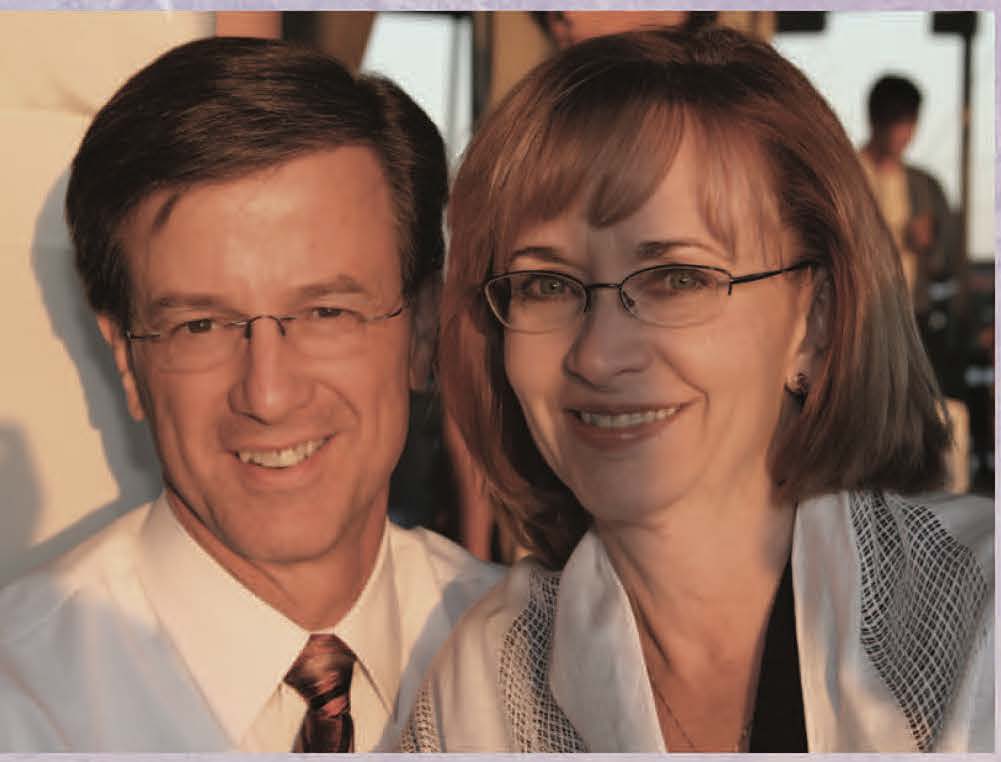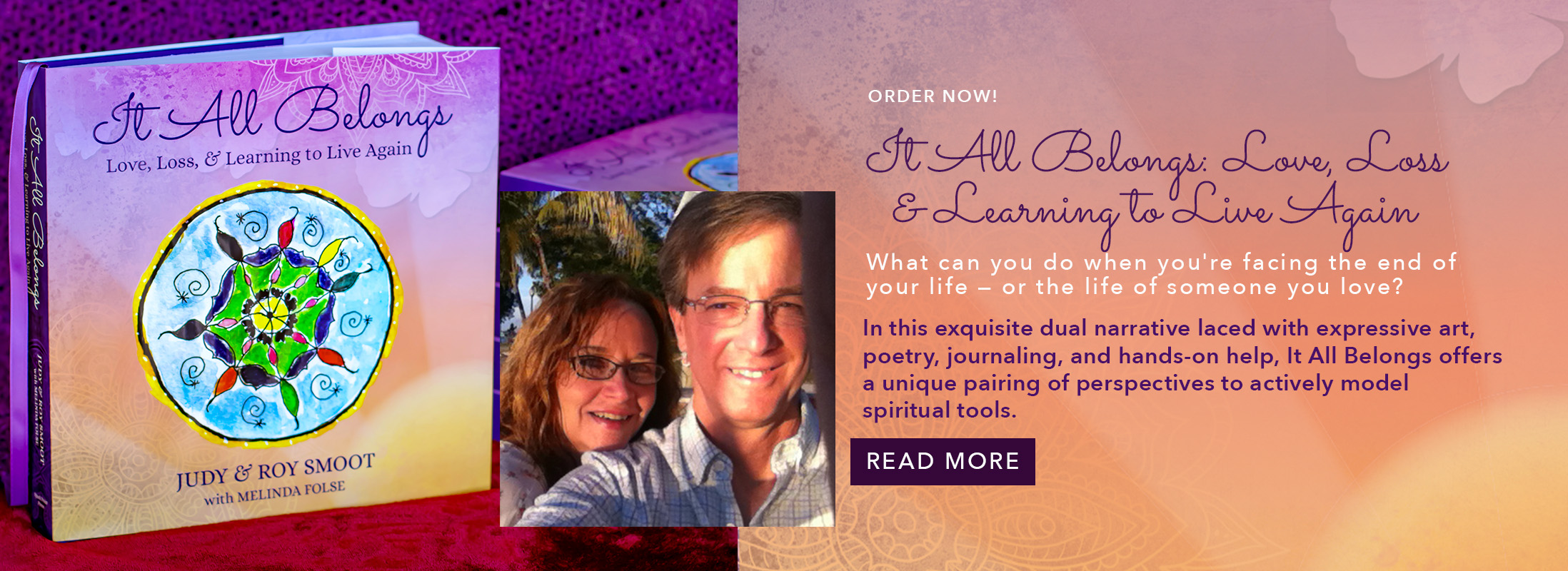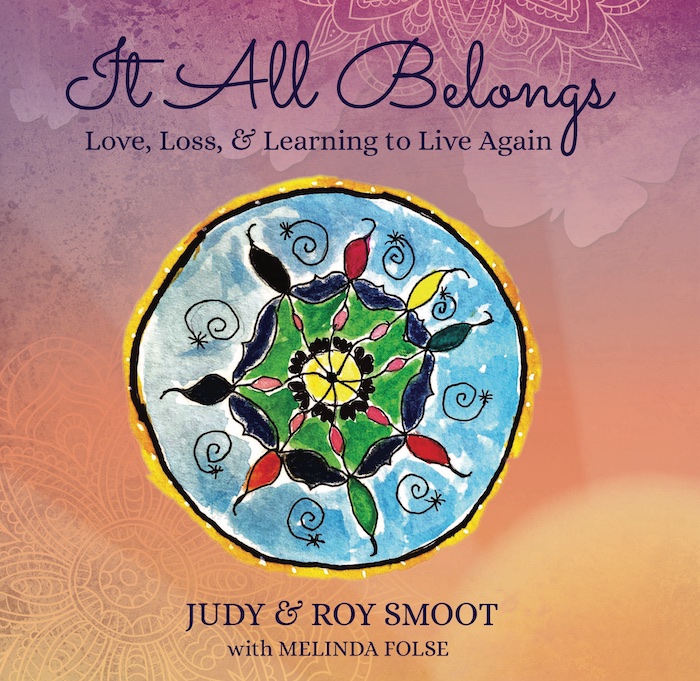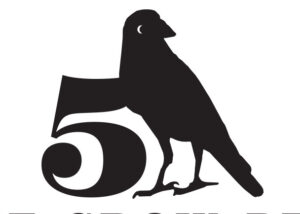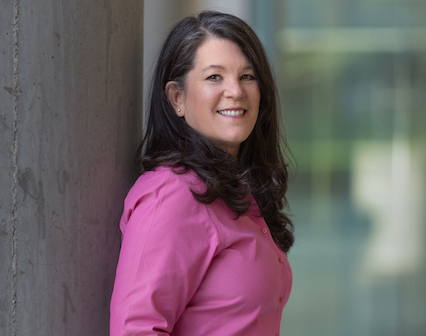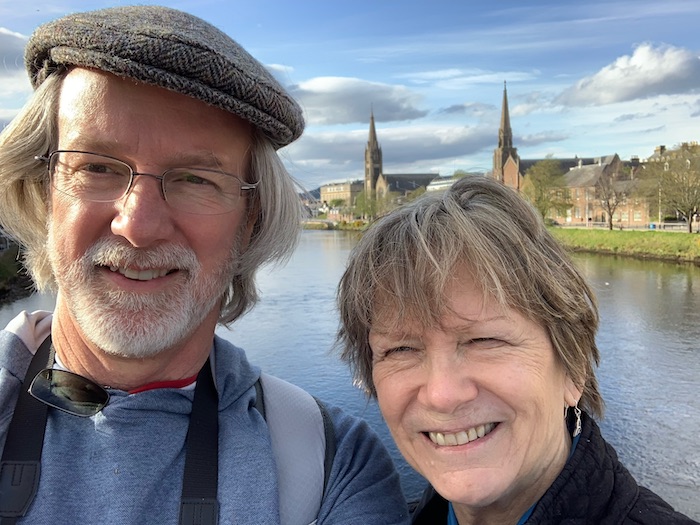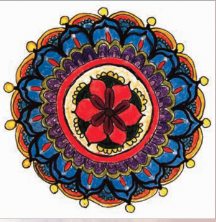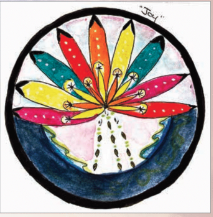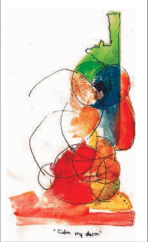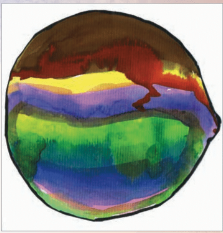They were Ohio State college sweethearts, together over 42 years, and enjoying their life and love story, what they always dreamed of. Everything was wonderful. Until it wasn’t.
When Judy faints while taking her daily shower, doctors utter ten words, changing everything: “You have a large mass in your right temporal lobe.” As the days following this heartbreaking discovery unfold, they’re launched into a devastating new trajectory. A new chapter of this epic love story begins.
It All Belongs: Love, Loss, and Learning to Live Again offers a tender chronicle of the days, weeks, and months after Judy’s glioblastoma diagnosis. In the book’s first ection, “How to Live”, we meet Judy in full bloom as a spiritual director, expressive artist, and leader of retreats she designed to help others awaken to their inner whispers.
Readers witness firsthand the playful dynamics, deep connection, and inner workings of their love-filled relationship—and how Roy and Judy care for, support, and encourage each other’s dreams. From their mundane, day-to-day exchanges to the overarching decisions driving their biggest life experiences, readers gaze into a window and experience a deep and enduring love story that actively models “the real deal.”
Its second part, “How To Die”, begins with the jarring end to this idyllic life with Judy’s unexpected terminal glioblastoma diagnosis. Drawing from her well of all she knows, has learned, and loves to share with others, Judy pours her thoughts, impressions, feelings, prayers, and insights into her daily journaling practice. She punctuates her written narrative with beautiful, original artwork. Her journey imbues her long-standing mandala spiritual practice with new meaning and significance. Readers travel with Judy through her pain, frustration, hopes, despair, and unfaltering faith, no matter what.
At her side, helpless to change or stop what they both know is inevitable, Roy’s story begins to unfold as he actively cares for Judy through radiation, chemotherapy, surgeries, immunotherapy, her stroke, rehabilitation, and then through their final days in hospice when every moment becomes a precious gift.
Along with Roy, readers find in these dark days a new depth to their love story. When at last both Roy and Judy know the time has come, and she is ready, as he whispers to “fly,” Judy departs this earthly plane to be with God—and Roy is left to grapple with unbearable heartbreak, crushing grief, and the unanswerable question of “what now?”
The third and final part of It All Belongs, picks up Roy’s narrative just ten days after Judy has died. Acting upon his impulse to journal explosive feelings demanding expression, Roy calls upon his years of observing Judy “walking her talk” to write, almost continuously, what he feels and experiences as he somehow manages to put one foot before the other. From day-to-day tasks and errands to solo travels in search of meaning, relief from abysmal grief, and the will to, as he had promised Judy, “live, really live” the rest of his own days on Earth, Roy offers readers yet another rare window. This one shows him coping with fresh grief’s rawness and sharp edges.
Through journal entries, poetry, and prayers he pens in pubs, parks, restaurants, on a mountainside, in the Grand Canyon, and even on the island of Iona, Scotland, Roy pours out his fears, anger, joy, ever-expanding love, and finally, peace with life’s cruel hand dealt to him. As readers walk with Roy, they become part of these explorations of what it means to endure deep grief that comes on the heels of its twin, deep love.
It All Belongs invites readers to bear witness to not only unbearable pain, but also healing that arrives, slowly and surely, to ushering us back to life, hope, and a new understanding of eternal love’s true gifts. They journey and epic love story chronicled in It All Belongs will widen your view of love and grief to embrace the words Judy used to greet life’s ups and downs: “It all belongs.”
